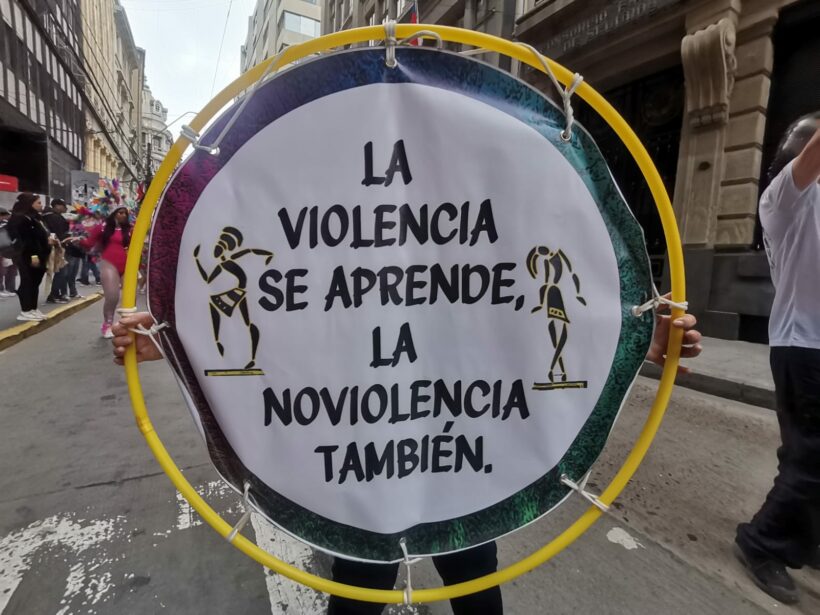The International Day of Nonviolence was commemorated on 2 October. The international community chose this day as a tribute to the leader and pioneer of the philosophy of nonviolence, Mahatma Gandhi, as it was the day of his birth.
Violence can be defined as the deliberate use of physical or psychological force, whether against oneself, against others, or against groups or communities. It can manifest itself in various forms, such as physical violence, verbal violence, psychological violence, economic violence, gender-based violence, among others.
Nonviolence, on the other hand, involves resistance to oppression without the use of physical force. It is based on principles such as compassion, empathy, tolerance, valuing and respecting diversity and seeking peaceful solutions.
Gandhi popularised the idea of “satyagraha”, which means confronting and resisting oppression through non-violent means. A very different concept from what has been inculcated in us through our national anthem, which invites us to seek asylum from oppression instead of confronting it.
Speaking in euphemisms is part of our culture. We can safely say that the use of expressions such as “the environment is toxic”, or “it’s electric”, only avoid recognising that we are facing inexcusable violence, especially in the political sphere.
We have to take charge of the violence that nestles in each of us; in our minds and in our hearts. And the best way to do that is first to recognise it, and second, to confront it with the tools of nonviolence.
Older generations tend to pigeonhole youth as violent, however, at Fundación Semilla we face a high interest and demand for the Líderes y Lideresas por la Nonviolencia programmes, which we are carrying out in high schools and colleges in the regions of Santiago (metropolitan), Maule and Antofagasta.
One of the characteristics most recognised by the young people who participate in the programmes is the possibility of meeting and interacting with young people from other educational establishments and, therefore, from other realities. They come out of their bubbles to live cultural and territorial diversity, proving that integration is a good antidote to mistrust, prejudice, discrimination and violence.
Unfortunately, Chile is a segregated society where there are no public instances for people to meet and share. The most important segregations are territorial, economic, cultural, educational and ethnic. As long as this reality persists, we will not be able to overcome our differences in order to search together for a common project.
The constitutional processes, full of arrogance, prejudices and disqualifications have been the best demonstration of the violence we are living, and there seems to be no will or leadership capable of leading non-violent processes for the good of Chile and its people.










